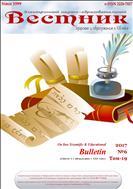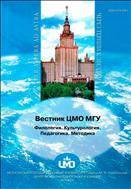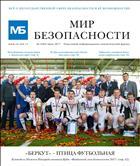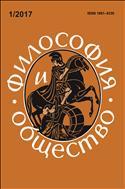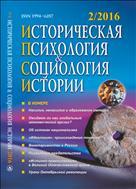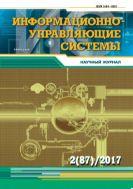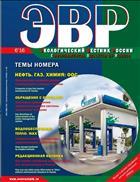Development of introduced species Malus Mill. (Rosaceae Adans.) in South KareliaDevelopment of introduced species Malus Mill. (Rosaceae Adans.) in South Karelia 
This study contains findings of research carried out at the Botanical Garden of Petrozavodsk State University (South Karelia, central taiga subzone) in April – October in the period from 1986 to 2012. The subjects of the studies were introduced plants of three species of Malus Mill.: dwarf apple – Malus baccata (L.) Borkh., wild apple – Malus sylvestris Mill., and Niedzwetzky’s apple – Malus niedzwetzkyana Dieck. ex Koehne. Phenological observations were carried out once in 3 days by the N. Bulygin technique (1979). The phenophase was considered to have occurred if it was observed in at least 30% of the shoots of all specimens of the species under study. All samples were checked for compliance with the normal probability law. The correlation coefficients and differences between the mean values were verified to determine their reliability. Elementary statistics obtained demonstrate, among other things, that the experiment’s accuracy rate is fairly high (4–6%), while the variation coefficient is small (18–22%). It was found that M. baccata trees begin and end most of their phenophases approximately 5–10 days earlier than the other studied species. Furthermore, in the beginning and middle of the growing period, phonological phases of M. baccata proceed at colder weather compared to the other studied Malus species. At the end of the growing period, these differences among the species level off. Of all the studied climatic factors, air temperature has the most measurable positive influence on the development of Malus species in Karelia. Daily average air humidity and precipitation have a less prominent influence on еру phenophases of the studied Malus species. The course and strength of such influence depend on the peculiarities of the phenophase itself. All the studied introduced Malus species show a high degree of introduction prospect (82 |
|
18.08.2025Все новости Стартовала подписная кампания на 2026 годОткрыта подписка на 2026-й год на сайте Пресса по подписке |
ПОДПИСКА НА ЖУРНАЛЫ И ГАЗЕТЫ ON-LINE1
Мы используем cookie. Это позволяет нам анализировать взаимодействие посетителей с сайтом и делать его лучше. Продолжая пользоваться сайтом, вы соглашаетесь с использованием файлов cookie.
Подробнее можно ознакомиться на странице политики конфиденциальности и политики обработки персональных данных.
© 2005-2023 Агентство «Книга-Сервис»
107996 Москва
Протопоповский пер. 19, стр.12
E-mail: public@akc.ru









